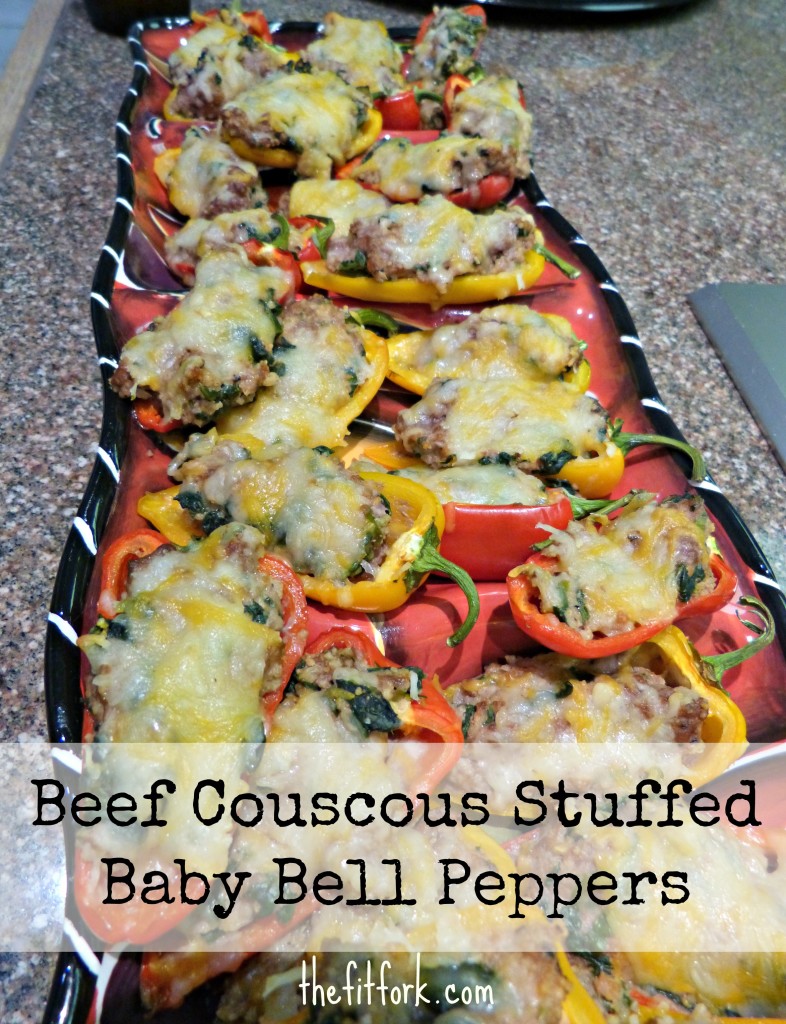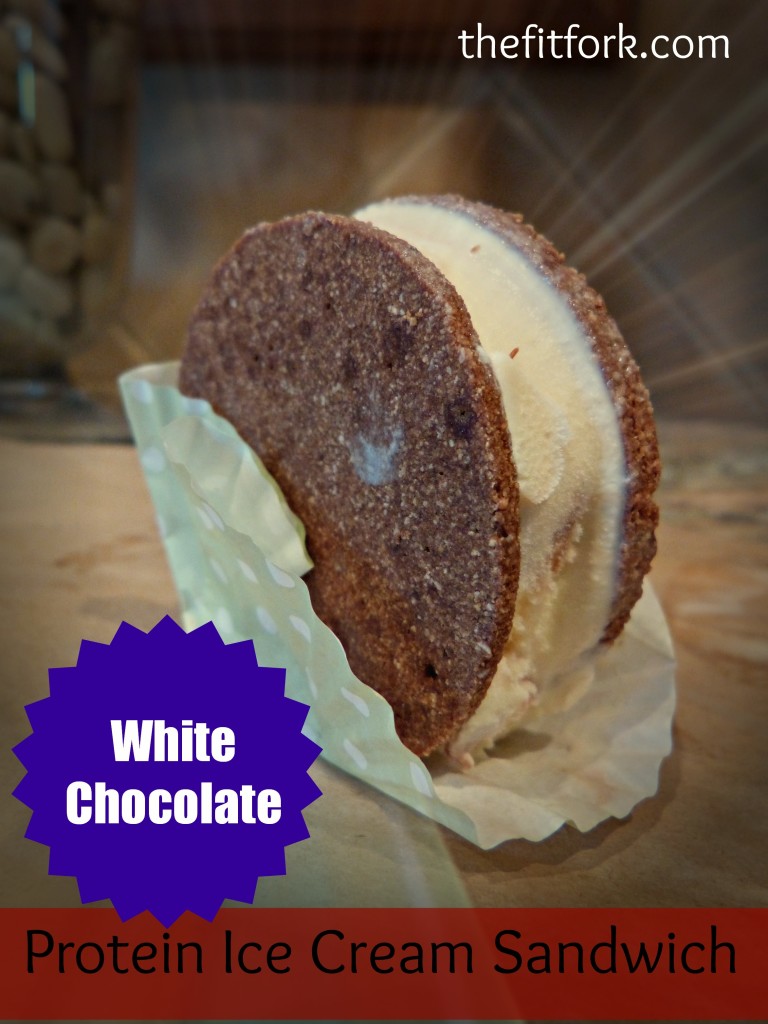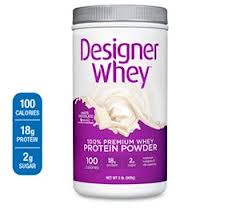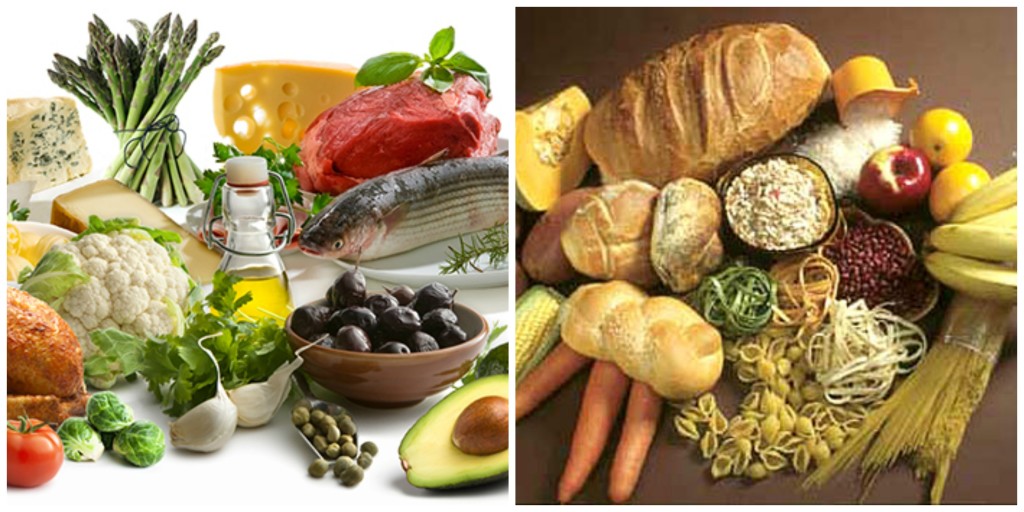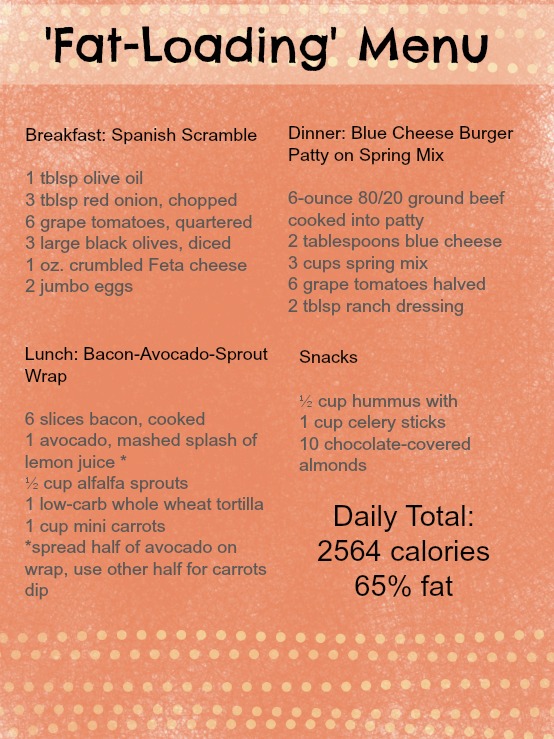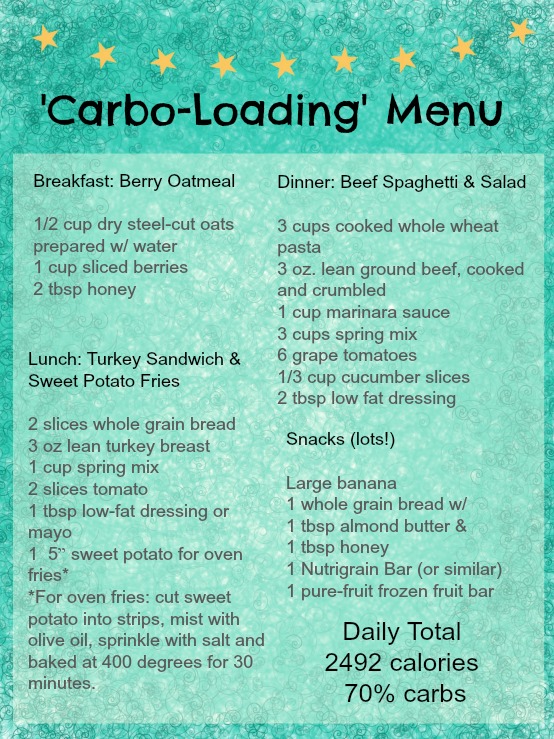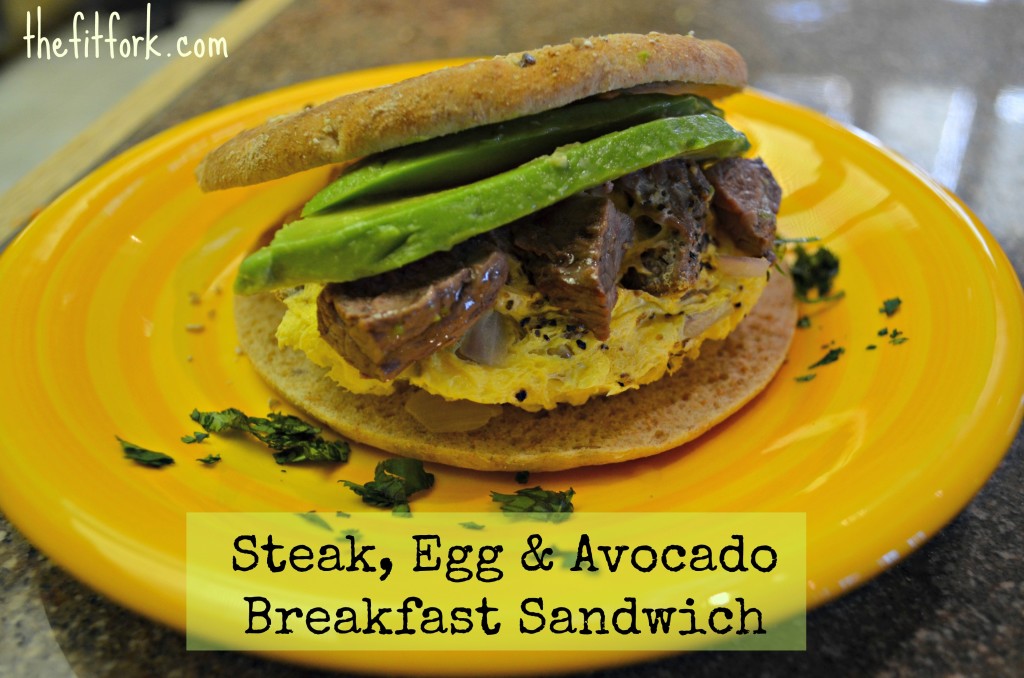This weekend, I spent another educational day with the Texas Beef Council learning about how my favorite protein source – beef — makes it from “farm to fork.” With beef industry experts on-board our charter bus classroom, a small herd of beef-eating athletes slash curious consumers rolled through the Central Texas countryside on a mission to gain a deeper understanding of the cattle industry . . . . and, ultimately, those steaks on our dinner plates. Over the day, we toured a working ranch, visited a feed lot and then hoofed it around a ginormous meat department at a super-sized HEB.
If you’ve read my blog before, you know I’m a big fan of beef. After avoiding it for the first half of my life, I suddenly found myself craving it during my first pregnancy. Of course, my body had finally taken the reigns from my brain, telling it I needed the added protein, iron, B vitamins, zinc and several other vital nutrients in which I was missing the mark. That was 17 years ago and today I’m still craving beef as a way to refuel my body after hard running and strength-training workouts.
But, that’s enough about me. I want to share some new-to-me, interesting things I learned about beef this weekend, facts I think you should know too. The final beef tidbit in my list is a yummy appetizer recipe that the awesome folks with the Texas Beef Council fed with us as a prelude to dinner.
A Few Farm to Fork Facts: Most I Never Knew – Did You?
- The average ranch in Texas is just something like 46 heads of cattle; this really busted my “big business” view of the cattle raising industry. We visited the approximate 2,000 herd Breitschopft Ranch in Gonzalez and this, aside from just a handful of mega-ranches in the state, is as “big business” as it gets – yet it was a surprisingly down-home, salt-of-the-earth, family-oriented operation with an owner who works his butt off 365 days a year to produce a quality product for consumers.
- When you buy “Certified Angus Beef” in the grocery store or order it from a restaurant menu you are ordering a “brand” of beef, not specifically a “grade” of beef. The grades of beef given by USDA inspectors are prime, choice, select and a few lesser-quality grades. According to the Certified Angus Beef website, this brand only puts its name on prime and choice grades – but this makes it no better or worse than equivalent piece of beef with the same grade. Another interesting fact about the admittedly yummy brand; the Angus designation only requires the animal’s hide to be at least 51 percent black. Really.
- The yellow-orange tint in the rendered fat from grass-finished beef (meaning the cow never went to a feed lot before slaughter) comes from the fat-soluble beta-carotene in the ingested grass. I asked this question after being curious about the different-colored drippings in my grill pan after experimenting with a ground grass-fed beef product.
- Changes in cattle breeding and fat-trimming methods have resulted in increased availability of leaner beef. I’ve mentioned a million times before that there are 29 cuts of lean beef. But, I didn’t realize that a whopping two-thirds (67%) of beef sold at retail (including popular cuts like sirloin tenderloin and t-bone) meet governmental guidelines for “lean.” How can you NOT have beef for dinner!
- A cow’s stomach (a four-compartment vessel collectively called a rumen) is a very complicated thing. To put it simply, the animal co-exists with billions of microbes in the stomach – bacteria, fungi and protists – that break down grass, hay and other food products into nutrients a cow is actually able to digest. I haven’t done justice to the science behind the rumen, especially considering there are people with advanced college degrees on the topic!
- The beef supply in the US is very, very, extremely safe and highly regulated by the thousands of USDA inspectors every step of the way. The chances of being affected by one of the media sensationalized “beef issues” is like “being struck by lightning AND winning the powerball lottery on the same day” according to a PhD beef expert I know to be very knowledgeable on the subject. By the way, Facts About Beef is a great resource for gathering more information on any beef concerns you might encounter.
- My last tidbit is about cooking with ground beef. Ground beef is very convenient, cost-efficient and gives you so many ways to be creative! Plus, I forgot to mention ground beef can be super delicious as evidenced by this easy appetizer from the Texas Beef Council.
Beef & Couscous Stuffed Baby Bell Peppers
- 1 pound ground beef
- 15 baby sweet bell peppers (approx. 2.5” to 3” long)
- 2/3 cup spicy 100% vegetable juice
- ½ cup frozen chopped spinach, thawed and squeezed dry
- ¼ cup whole wheat couscous
- 2 cloves garlic, minced
- ½ teaspoon dried oregano leaves
- ½ teaspoon salt
- ½ teaspoon ground black pepper
- ½ cup reduced fat shredded Pepper Jack Cheese
Heat oven to 400F degrees. Cut bell peppers in half lengthwise; remove seeds and membranes, but not stems. Place peppers, cut sides up, onto two rimmed baking sheets.
Combine ground beef, vegetable juice, spinach, couscous, garlic, oregano, salt and pepper in large bowl; mix lightly but thoroughly. Spoon beef mixture evenly into peppers; sprinkle tops evenly with cheese.
Bake, uncovered, for 25 – 30 minutes or until instant-read thermometer inserted into center of pepper registers 160F degrees and peppers begin to brown.
Let cool for 5 minutes before serving.



